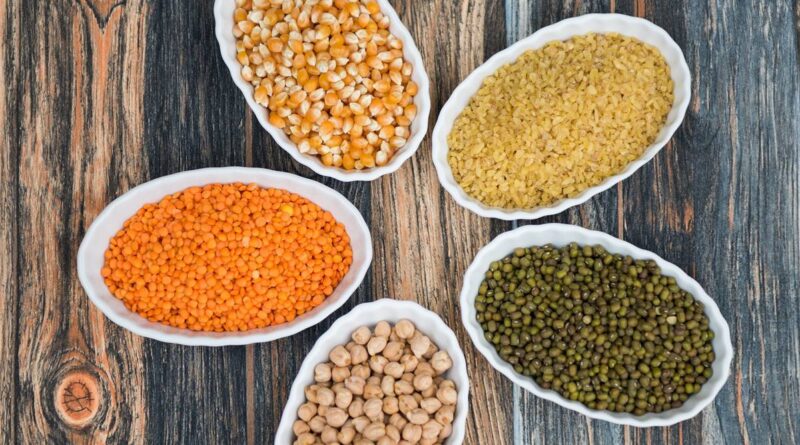Pulses import duties under scanner in bid to boost production
Cheaper imports of some farm produce, such as pulses, are being closely monitored and their impacts scrutinised, after a view within the government, long echoed by farmers, that these tend to drive down domestic production, increasing dependence on overseas markets, two officials said on Monday.
The move stems partly from the Modi government’s public campaign to promote swadeshi or homegrown products to shore up the world’s fifth-largest economy buffeted by the US’s steep 50% tariffs.
The agriculture ministry has been asked to provide detailed projections on pulses (or lentils), a group of scarce farm items and a common source of protein for most Indians. Prime Minister Modi last week launched a mission to ratchet up domestic production of key lentils to end imports by 2030.
“There will be closer coordination between the agriculture and commerce ministries on this and the agriculture department will provide all inputs. We are actively reviewing agricultural import duties. We need to strike a balance between consumer inflation and domestic production,” one of the officials said.
Duties impact prices and currently free imports of some pulses, meaning they attract zero duties and are therefore cheap, have tamped down local prices. This discourages cultivators from growing more, analysts say. Farmers say prices they get in pulses hardly offer the level of returns they expect.
These dynamics influences the area farmers devote to pulses and, consequentially, quantities India needs to import, since domestic output isn’t sufficient to meet local demand.
The net summer sown area of pulses for 2025-26 has remained stagnant at 12 million hectares as of October 1, 2025 against 11.9 million hectares last year, despite a policy push to raise acreage. The area under widely-consumed moong (green gram) has similarly remained stuck at 3.4 million hectares.
A 10% import duty on bengal gram and masoor (yellow lentils) is effective until the end of the fiscal year 2026, according to a government notification. Yellow peas are duty free, having been extended until March 31, 2026.
Other pulses have different duties. Duty-free imports may have had a role in shrinking inflation in some pulses, meaning they were in the negative zone in September, analysts say. A similar situation largely dictates output of oilseeds, another group of items India imports.
“A periodic review of production, supply and availability will now be examined by a panel of economists to decide which items should attract how much duties. Such exercises are always undertaken but the government will do it in a more structured way now,” a second official said, without explaining further.
Some economists argue that a policy to keep a check on consumer inflation, which makes food unaffordable and also has a bearing on growth, has only made scarce items, such as pulses and oilseeds, scarcer.
Experts also say too much tinkering with markets, such as frequent export bans to tide over shortages or cheaper duties, has had unintended consequences. According to economist Ashok Gulati, India’s curbs on exports had the potential to trigger global food shortages while not helping much to lower prices at home .
Measures to keep a lid on consumer prices potentially shaved off at least ₹45,000 crore worth of farmers’ income in 2023, according to a paper that year by a group of economists at the Indian Council for Research on International Economic Relations (ICRIER), a New Delhi-based think tank.
This article has been republished from The Hindustan Times.

